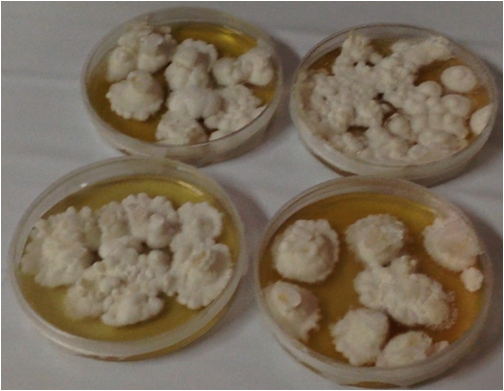The effect of entomopathogenic fungi Metarhizium anisopliae var acridum and Beauveria bassiana on the survival of mosquito larvae of Anopheles arabiensis Patton and Culex quinquefasciatus Say
DOI:
https://doi.org/10.53332/sjs.v9i2.163Keywords:
Moequito biocontrol, Entomopathogenic Fungi, Metarhizium anisopliae, Beauveria bassianaAbstract
Because of environmental considerations and the development of resistance in vectors, efforts
had been directed to microbial control. Immature stages of mosquito are useful components of
malaria control program. The entomopathogenic hyphomycetous fungi Metarhizium anisopliae
var acridum and Beauveria bassiana were selected and tested against early (L1-2) and late (L3-4)
stages of mosquito larvae (Anopheles arabiensis and Culex quinquefasciatus). Two
concentrations of each fungual spores were used to perform the laboratory bioassays and time to
death was determined for each mosquito species. Metarhizium anisopliae var acridum and
Beauveria bassiana caused high mortality in An. arabiensis and C. quinquefasciatus. However,
B. bassiana was less effective compared to M. anisopliae var acridum. Both An. arabiensis and
C. quinquefasciatus were susceptible to the two fungi concentrations at the early stage. On the
other hand, the older one were less susceptible.This research showed the potentiality of the two
fungal species against mosquitoes in the larval stage, and the mortality percentage depends on
fungus species itself and larval stage targeted. The increase in fungus concentration did not
showed a proportional increase in mortality

